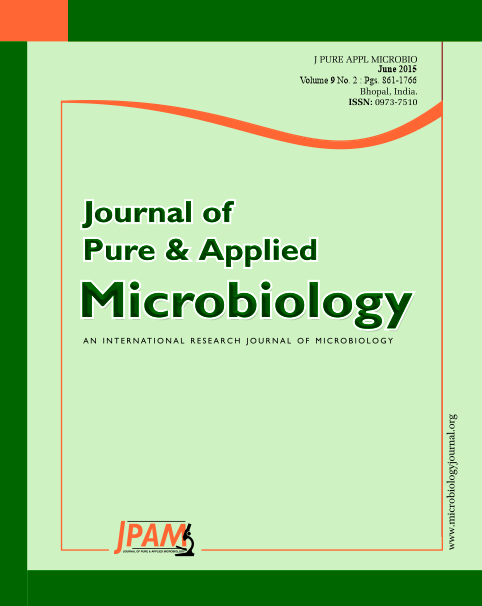Staphylococcus aureus is known for large repertoire of virulence factors including various enzymes, toxins and cell surface-associated proteins leading to various diseases and infections in host. One among them is Clumping factor A (Clf A), a cell surface-associated protein that causes aggregation of platelets by clumping the bacteria in host blood causing infective endocarditis (IE). In this study, we attempted to identify potent inhibitor for the drug target Clf A of Staphylococcus aureus by in silico. The Pubchem compound database was used to search platelet aggregation inhibitors resulting in 218 compounds. The structures were drawn in Chemsketch and the ligands were optimized and converted into PDB file format using Open Babel software. The compounds were filtered by using Lipinski’s rule by Molinspiration server to predict drug-likeness. Docking analysis was performed using Autodock 4 into the binding sites of the drug target. The analysis revealed that the Pubchem compound 8-((4-chlorophenyl)thio)cyclic-3′,5′-GMP could be a potent inhibitor for Clf A based on low negative binding energy value of -8.18kcal/mol that formed 5 hydrogen bond interactions including one of the active site residues (TYR338) and with LYS293 & 389 and ILE387.
Clumping factor A, Staphylococus aureus, platelet aggregation inhibitors, docking analysis, Autodock 4.0, PyMol
© The Author(s) 2015. Open Access. This article is distributed under the terms of the Creative Commons Attribution 4.0 International License which permits unrestricted use, sharing, distribution, and reproduction in any medium, provided you give appropriate credit to the original author(s) and the source, provide a link to the Creative Commons license, and indicate if changes were made.


